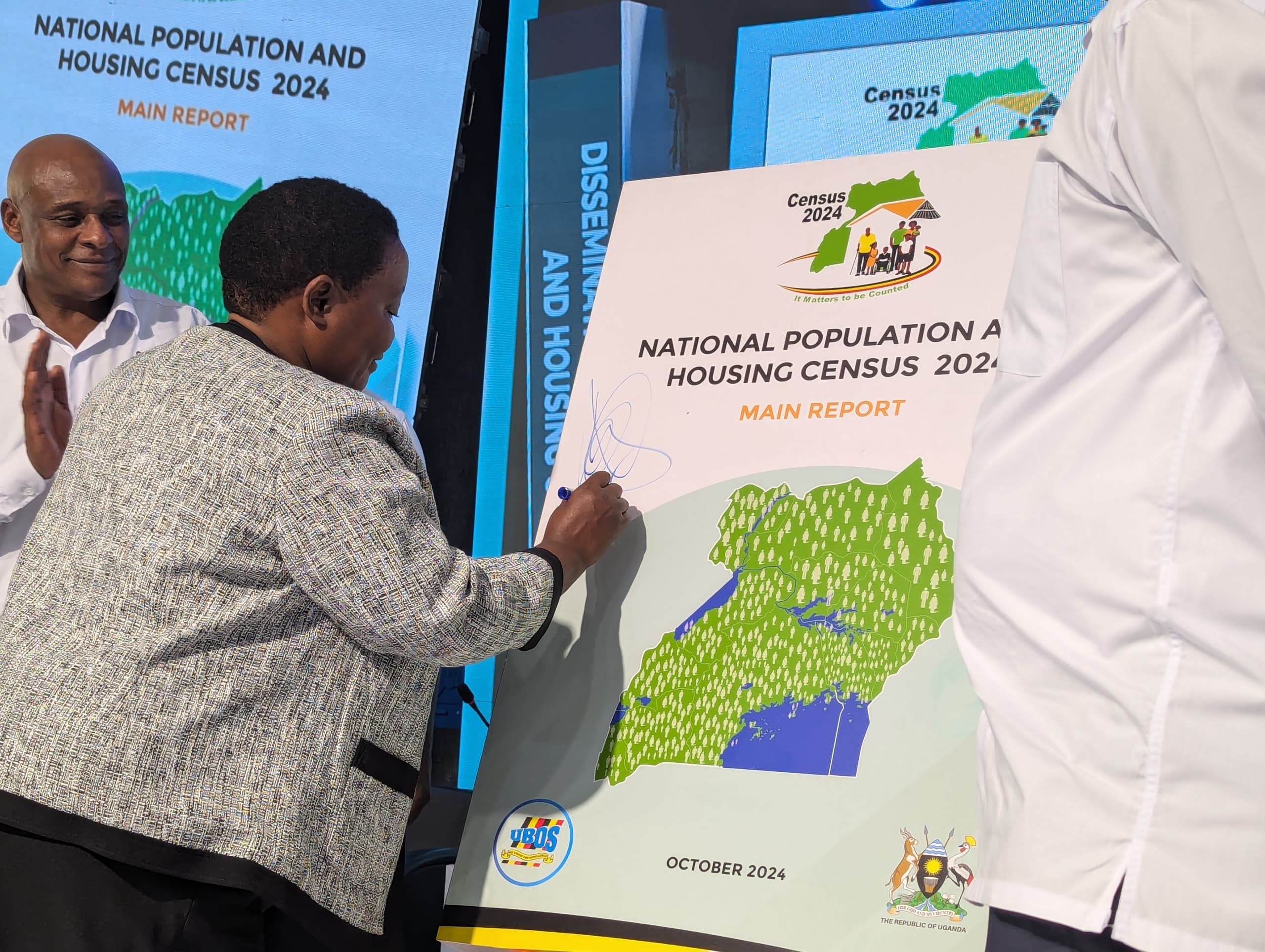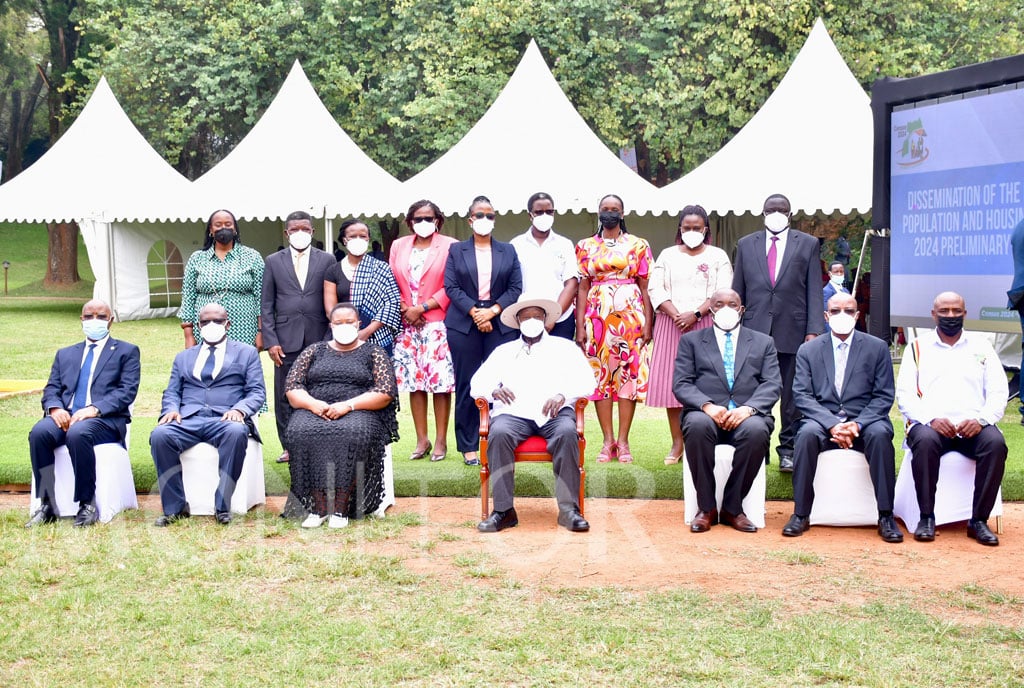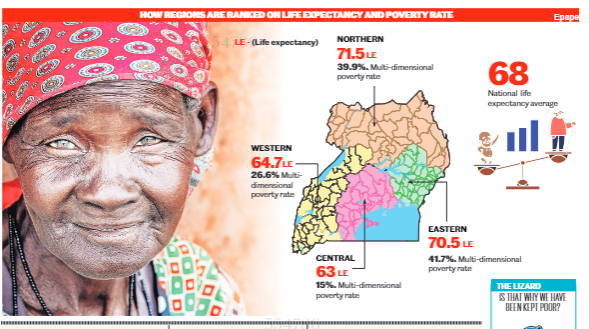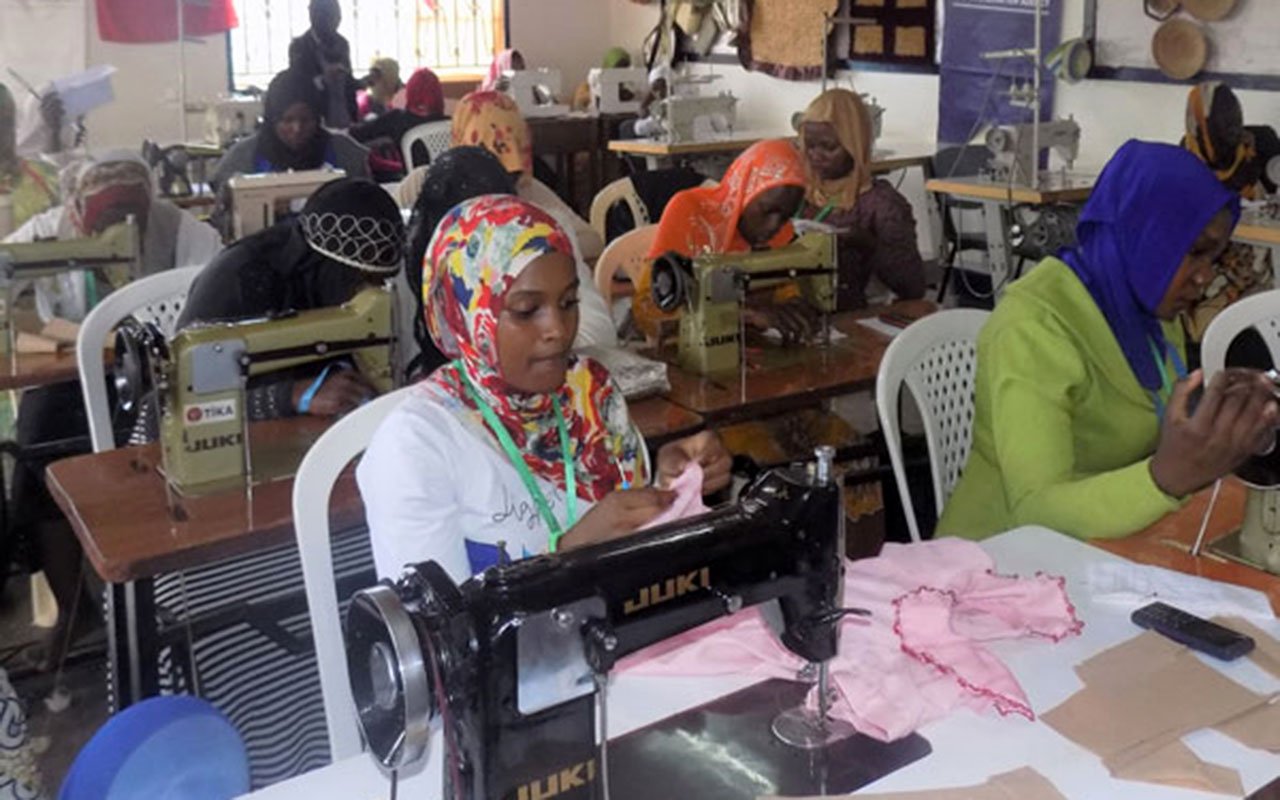
Prime Minister Robinah Nabbanja launches the final National Population and Housing Census report 2024 in Kampala on October 3, 2024. PHOTO |TONNY ABET
Following the release of contradicting figures in the 2024 National Housing and Population Census by the Uganda Bureau of Statistics (Ubos) last Thursday, the Monitor now traces how the errors could have come about.
In an interview, Mr Vincent Ssennono, the principal statistician and the Ubos acting deputy executive director, walked us through the entire process; from converting the raw data to dissemination.
“In order to avoid people tampering with the data, the raw data from the field was sent to Ubos servers and stored," Mr Ssennono said.
He said from the servers, the Ubos experts generated different tables for different information and converted them into Word documents and input them in the report.
At this stage, Mr Ssennono said, the 2014 figures were then merged with those of 2024 for comparison.
It was at this point that the figures of 2014 for the four tribes of the Bakiga, Bagisu, Langi and Acholi were mismatched.
The principal statistician explained that after inputting the report, it then went to the first person writing the report after which it was sent to the supervisor who then validated it.
Thereafter, the report went to six external reviewers (for editing), after which it was returned to Ubos, for correction of mistakes pointed out, if any.
“We sent the chapters to someone we knew who is an expert in that area,” Mr Ssennono said.
“Thereafter, the chapters were merged to form the final report and was internally reviewed by Ubos experts before it was sent to another team of different external reviewers who were also six in number from different organisations,” he added.
After it had been reviewed, the report was sent back to Ubos for review before it was considered for printing.
"Everything was deemed okay and the report was sent to a printer, who gave us a draft, which we reviewed again and the printing was done," he noted.
After all the reviews and verification were done by a team of more than 12 external verifiers and another big team from Ubos, the error that has since raised outcries managed to slip through into the main report.
“The problem was in the middle, it became extremely difficult for someone to notice unless you were particularly interested in that thing. It is not that this report was not reviewed,” he said.
Earlier, while meeting journalists in Kampala, Mr Chris Mukiza, the Ubos executive director, explained that the error was because the population figures for the Langi was given to the Acholi, while for the Acholi was given to the Bakiga and that of the Bakiga was given to the Bagisu and for the Bagisu was given to the Langi.
The Ubos report erroneously showed the population of the Acholi dropping from 2,131,443 to 1,941,913 while for the Bagisu fell from 2,390,975 to 2,096,149.
Instead, the Bagisu population increased from 1,647,382 in 2014 to 2,096,149 while the Acholi rose from 1,470,884 to 1,941,913 people.
It also wrongly indicated the population of the Bakiga as 1,470,884 in 2014 instead of 2,390,975 and that of the Langi as 1,647,382 in 2014 instead of 2,131,443.
Issue
Mr Mukiza told the journalists that this was a human error and only affected the 2014 figures and that the 2024 figures are accurate.
“The figures for 2014 are perfect. The only problem was, after the final reporting, nobody from the personnel, the supervisors, we had the reviewers, saw it,” Mr Mukiza said.
“What matters is to get the error and acknowledge it. We are not cowards to say it,” he added.
He counselled that nobody should question the credibility of the 2024 census, saying the statistics are accurate and the bureau would not do another census until 2034.
Mr Mukiza added that this was a provisional report and the final one would be released in December with more information.
He also rejected the calls for his resignation and said those who have made it a concern have been fighting him even before the census.
“We shall have a final report with thematic reports, explaining the way the indicators have been. The other report is a simple report, and there is a lot of data that we have not even given you,” Mr Mukiza said.
He called upon the public to submit other suspicious areas that could be noticed in the report for consideration before the verified report is uploaded on the website.
However, Mr Ssennono noted that measures have been put in place to ensure such errors do not appear in the final report.
“We have constituted a team to validate all the tables and the report to ensure that such small but important information is not misrepresented,” Mr Ssennono said.



